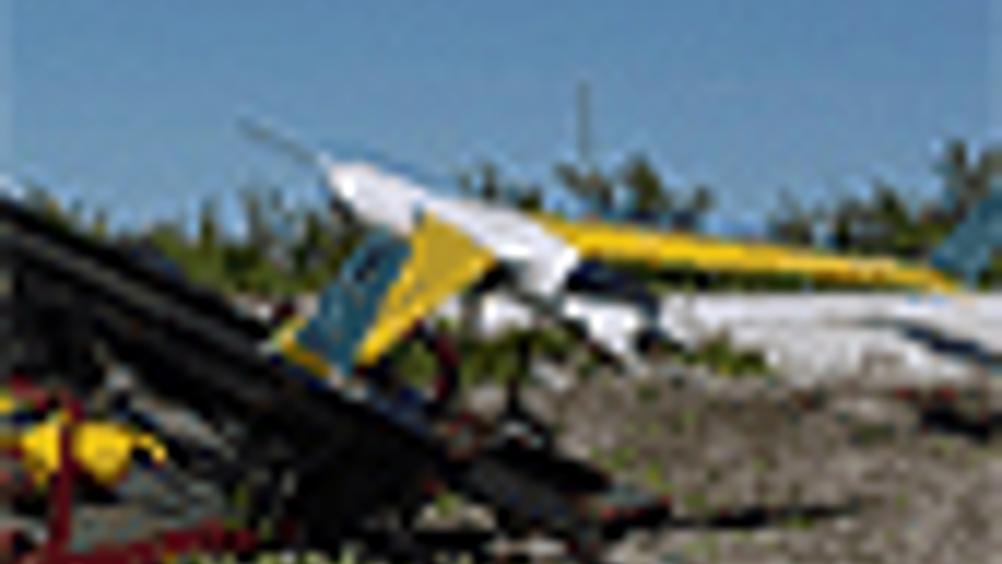ScanEagle success

The Boeing and Insitu ScanEagle team has gained compliance with the North Atlantic Treaty Organisation's (NATO) unmanned aerial vehicle (UAV) interoperability standard.
The standard, also known as Standardisation Agreement (STANAG) 4586, establishes specifications for a common ground station system for UAVs used by NATO military forces.
Compliance with STANAG 4586 allows NATO member nations to jointly support military operations using their own UAVs and ground control station equipment. This increases interoperability and allows data and information processed by member nation UAVs to be shared real-time through a common ground interface.
‘This accomplishment demonstrates Boeing's continued commitment to systems interoperability,’ said Marshall Williams, Mission Management Systems manager, Boeing Unmanned Systems. ‘This new capability will pave the way for even greater versatility for ground station deployment choices and support advanced multi-vehicle autonomy features to be demonstrated later this year.’
Using a ScanEagle Vehicle Specific Module and an Insitu Multiple UAV Software Environment ground station with an "Army One" ground control station Common UAV Control Software package developed by CDL Systems, the team flew a three-hour simulated mission to demonstrate various functions and levels of STANAG 4586 specifications. The test also included numerous flight route and payload functions and the collection of video and still imagery of multiple targets.
Register now to continue reading
Thanks for visiting The Engineer. You’ve now reached your monthly limit of news stories. Register for free to unlock unlimited access to all of our news coverage, as well as premium content including opinion, in-depth features and special reports.
Benefits of registering
-
In-depth insights and coverage of key emerging trends
-
Unrestricted access to special reports throughout the year
-
Daily technology news delivered straight to your inbox










Water Sector Talent Exodus Could Cripple The Sector
Well let´s do a little experiment. My last (10.4.25) half-yearly water/waste water bill from Severn Trent was £98.29. How much does not-for-profit Dŵr...